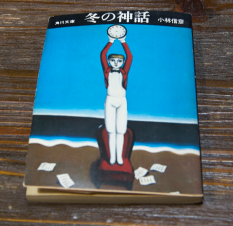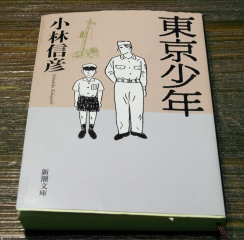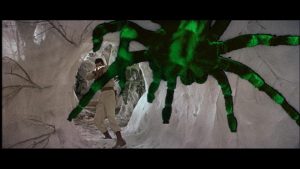(Again, the following essay is what I wrote as an assignment of AEON.)
Topic Bullying in schools
Style Formal
Bullying in Japan is a serious, insidious, wide-spread, and long-lasting problem, not to mention bullying in schools. In the Edo era, there was a custom called “Mura hachibu” in most villages in Japan. It was a form of Japanese ostracizing, and if a resident of a village violated the laws of the village or disturbed the peace, all other residents terminated the communication with him/her in addition to the ban of the usage of common water and fuel. This system was often abused by some leaders of villages as a means of eliminating unfavorable person for them. There was no option other than to leave the village for the person who was declared “Mura hachibu”. Although this custom was judged to be illegal by the supreme court in 1909, we still hear similar cases even now.
If we describe some characteristics of bullying in Japan, the followings can be exemplified:
(1) It is usually done in a closed, small community (including a class in a school).
(2) There is/are a bully or bullies and a/some victim(s) and the others who are just neutral bystanders and are reluctant to stop bullying.
(3) It is mostly conducted in an insidious way, in stealth, without being seen e.g. by a teacher.
(4) It can start without any specific reasons and it usually lasts long.
From above mentioned characteristics of bullying, most cases are difficult to detect from the outside, and many teachers in schools are not aware of them. As for the others aside from bullies and victims, it is quite difficult for them to stop bullying because they fear that they would also be the targets of bullying if they try to stop them.
One of the harshest cases of bullying happened among groups of children who evacuated from the metropolitan areas in Japan during World War II. For example, a Japanese novelist Nobuhiko Kobayashi evacuated from downtown Tokyo to the Hanno city in Saitama. All children who evacuated there experienced serious lack of food and bullying among children was quite harsh. Kobayashi was forced to stand in a urinary pot with bare feet during the night. (He later wrote two novels based on the experiences at that time). There were a plethora of similar stories at that time.
In Japan, people are often implicitly forced “to read the air”, namely to sense the atmosphere in a group and to follow others. If we try to stop bullying in the future, it is vital to strengthen the independence of every single person so that anybody can have a courage to stop bullying.
Nobuhiko Kobayashi, Fuyu no Shinwa (A Myth in Winter)

Nobuhiko Kobayashi, Tokyo Shonen (A Boy in Tokyo)


 アーヴィン・アレンの1960年の映画”The lost world”を観ました。コナン・ドイルの「失われた世界」が原作です。その結果分かったのは、「原子力潜水艦シービュー号」の”Turn back the clock”の回は、この映画の後半部を単に短くしただけだという
アーヴィン・アレンの1960年の映画”The lost world”を観ました。コナン・ドイルの「失われた世界」が原作です。その結果分かったのは、「原子力潜水艦シービュー号」の”Turn back the clock”の回は、この映画の後半部を単に短くしただけだという ことが分かりました。恐竜のシーンを使い回しているだけでなく、ほとんどの展開が一緒です。原住民に襲われて捕まり、
ことが分かりました。恐竜のシーンを使い回しているだけでなく、ほとんどの展開が一緒です。原住民に襲われて捕まり、 その原住民の女性に助けられて脱出し、最後に溶岩の流れる洞窟を脱出してというのがまるきりそのまんま。もっとすごいのがこの映画の新聞記者マローンとシービュー号のクレーン艦長は同じ役者(デビッド・ヘディスン)なんですが、それをいいことに、映画のシーンをまったくそのまま流用しています。この写真の3枚目の大グモを撃つシーンまったく一緒ですし、他にも沢山そんなシーンがあります。まあ自分の作品だから「盗作」ではありませんが、ここまで使い回し倒す監督を初めて知りました。
その原住民の女性に助けられて脱出し、最後に溶岩の流れる洞窟を脱出してというのがまるきりそのまんま。もっとすごいのがこの映画の新聞記者マローンとシービュー号のクレーン艦長は同じ役者(デビッド・ヘディスン)なんですが、それをいいことに、映画のシーンをまったくそのまま流用しています。この写真の3枚目の大グモを撃つシーンまったく一緒ですし、他にも沢山そんなシーンがあります。まあ自分の作品だから「盗作」ではありませんが、ここまで使い回し倒す監督を初めて知りました。